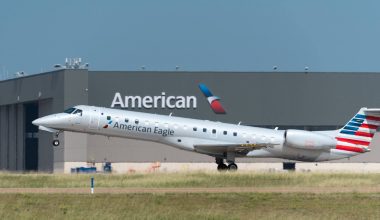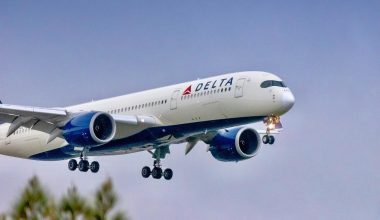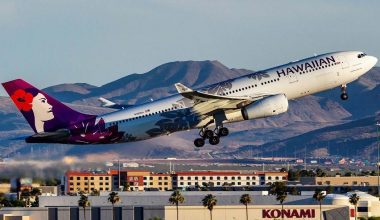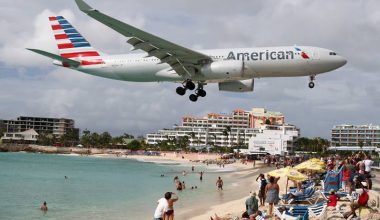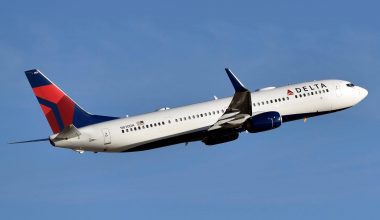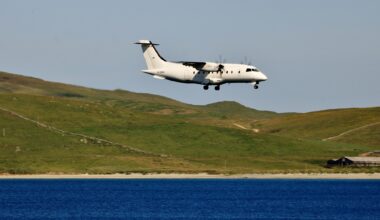The lofty ‘Queen of the Skies’ era ended as the last-ever produced Boeing 747 rolled off the Everett factory Tuesday evening. It is the last unit of four 747s ordered by Atlas Air that is scheduled to enter service in early 2023.
On December 6, the final freight airframe of Boeing 747-8 departed the assembly line in Washington State ahead of delivery to the cargo carrier. It marks the 1,574th twin-aisle aircraft of its type and a full stop to its glorious half-century production run. The final Boeing 747 bearing the Manufacturer Serial Number 67150 will now undergo test flights for Altas Air. Upon successful completion of test flights, it will pass through Boeing Paint Shop before the final delivery.
The final 747 will hold the registration number N863GT and serve as a cargo jet for the New York-based operator. It will join the Atlas Air fleet in early 2023, supporting its Boeing fleet well into the future.

The sun sets on the world’s first widebody transport.
The technological marvel Boeing 747, which accomplished over a 50-year reign of the airways, has entered its sunset years. The production run of the double-decker giant spanning over 50 years has ended with the departure of the last outstanding 747-8F order. What an illustrious career the ‘Queen of the Skies’ had ÛÛ–from proclaiming the modern intercontinental mass transportation to becoming the cultural icon of the present era.
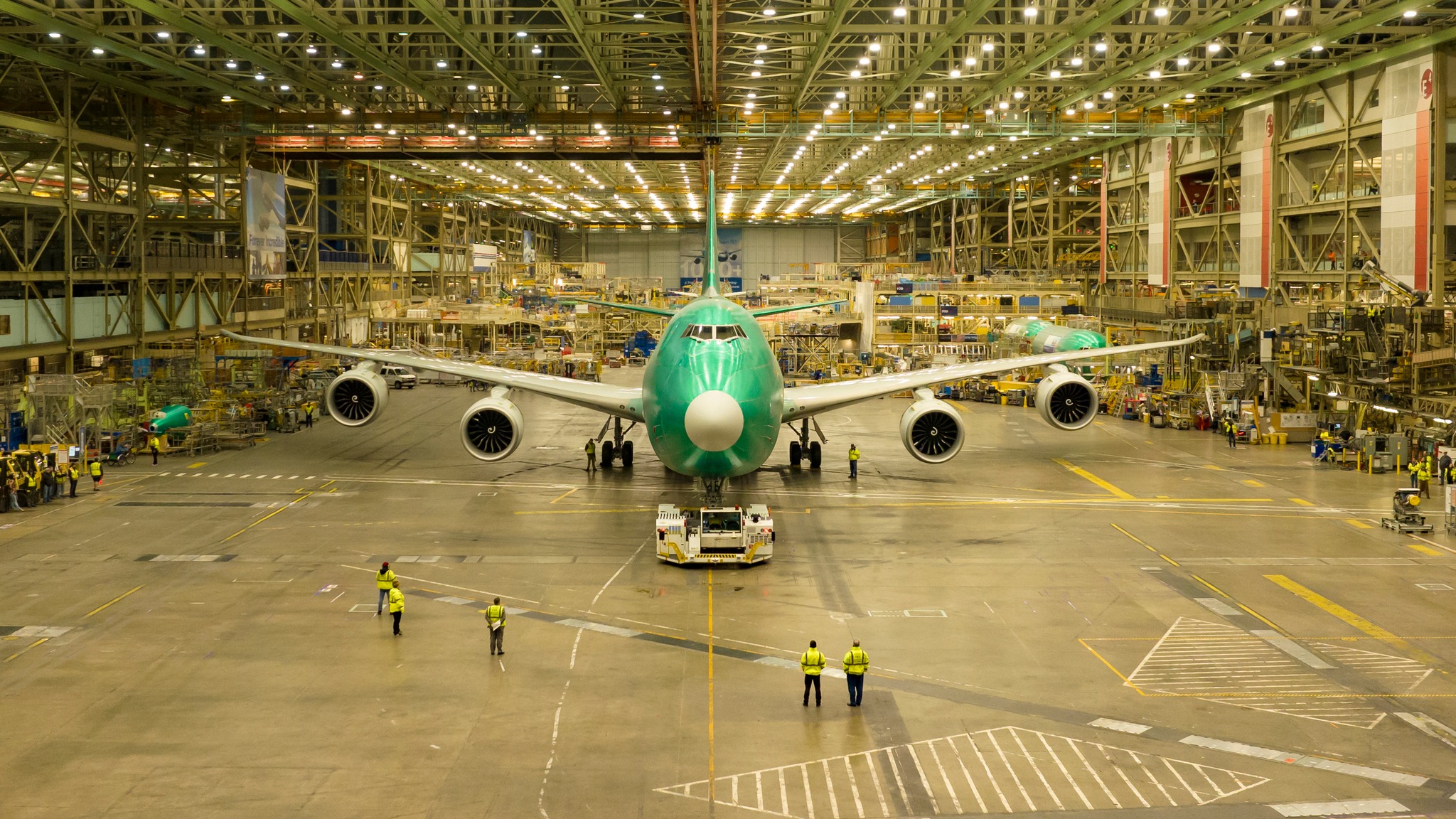
After over 50 years of commercial flight, Boeing pulled the plug on the world’s first widebody transport in 2022. The US aerospace giant doesn’t have any order backlog for the 747-8 Freighters, making Atlas Air the type’s final customer. The last-ever built Boeing 747 is a freighter version as Boeing closed the passenger chapter of the double-decker in 2017. Boeing delivered the final passenger version of the latest generation 747-8i to Korean Air in 2017. The gradual shift of carriers towards twin-engine airliners and Boeing’s newer, more efficient aircraft accelerated the death of the B747 line.
Also Read: Top 5 Best Airports In The USA
The 200 million cubic feet Everett facility is all-alone, as the final 747 unit left the building two days ago. Boeing constructed this massive assembly plant specifically to produce the double-decker jet. Since the Boeing 747 product line will never resume, Boeing will have to make new plans for the Everett factory. Although no definite plans have been announced, the US plane manufacturer expects to keep it open.
Boeing 747 is the world’s most recognizable jetliner with its signature hump and an extended upper deck. The legendary 747 kicked the jet age into top gear and connected continents in mere hours despite its sheer size. One of the greatest sub-sonic achievements, the Boeing 747, has impacted aviation as enormously as its size. AvGeeks must know the history of this amazing feat that revolutionized mass travel.
The maiden voyage of the Jumbo Jet
Dubbed the ‘Queen of the Skies’ or Jumbo Jet, Boeing 747 took its maiden voyage in 1969 as the world’s biggest-ever airliner. Fitted with four efficient engines, the aircraft was twice the size of the Boeing 707 and could accommodate over 500 passengers. It entered the service with now-defunct Pan Am on January 22, 1970, by operating the first flight from New York to London. The aircraft soon caught the attention of many airlines and became the backbone of long-haul operations.

Boeing took a massive multi-billion dollar gamble to build a truly outstanding machine involving new aerospace technology fields. At a time when Boeing’s resources were stretched to the absolute limit for supersonic transport, Boeing took a risky bet. Despite huge challenges to building the heavy widebody because of the advanced technologies required, Boeing won the gamble with 747s.
Boeing 747 became a status symbol, a sought-after choice of affluent customers, and a must-have aircraft for airlines. The sales order for 747s went through the roof, making it the world’s first-mass-produced widebody commercial aircraft.
Total number of Boeing 747s built
Boeing 747 is one of the most successful jumbo jets in the world, with over 1500 units sold. Altogether, Boeing built one thousand five hundred seventy-four 747s in different models like the initial 747-100, 747SR, 747SP, 747-200/300/400, 747 LCF Dreamlifter, etc. Boeing 747-8, the ultimate development of the 747, is the first stretch variant designed to be quieter, more economical, and more eco-friendly.
The total number of B747s, of all variants built, amounts to 1574 over a half-century production cycle.
Variants of Boeing 747
The Boeing 747 jumbo jet has seen its role evolve with different iterations. Starting life as a passenger jetliner, Boeing 747 has served several other roles as a freighter, a presidential jet, a Dreamlifter, etc. Owing to the success of the initial model 747-100, Boeing added numerous variants to the 747 product line. The original 747-100, launched in 1966, was a passenger version equipped with P&W JT9D-3A engines. The initial 747-100s featured a short upper deck with three windows per side to accommodate upstairs lounge space.
Two years later, Boeing launched another 747-200 variant that offered greater range and more payload than -100s. Featuring more powerful engines, the improved 747-200s rolled off the production line in passenger, freighter, convertible, and combi versions.

Moving ahead, Boeing stretched the upper deck for the -300 models and increased the range for -400 models. With bigger engines and a modified wing, the long-range 747-400 could fly over 7,000 nautical miles.
As the decades passed, Boeing launched the latest and greatest variant, 747-8, in 2005. The -800 model has two versions: the passenger version 747-8 Intercontinental or 747-8I and the 747-8 Freighter or 747-8F. Set to ply the airways for decades, the 747-8 aircraft features new wings, new engines, and better economics. The 747-8I uses General Electric GEnx engines and flies more than 8,000 nautical miles at Mach 0.855. Regarding seating capacity, it can accommodate up to 467 passengers in a three-class layout.
Regarding sales orders, Boeing 747-8F performed better than the passenger version and kept the 747 production line running. As of June 2021, Boeing received 106 orders for 747-8Fs, more than twice the -8I orders standing at 47.
Boeing 747 largest operators
The Queen of the Skies was the backbone of the long-haul fleet for several airlines, such as Japan Airlines, Lufthansa, Qantas Airways, Korean Air, British Airways, etc. The Tokyo-headquartered Japan Airlines was the largest Boeing 747 operator, with an order for 108 units. British Airways and Singapore Airlines followed the lead with an order for 94 and 93 B747s, respectively. The Seoul-based Korean Air was the fourth largest 747 operator with 79 orders.
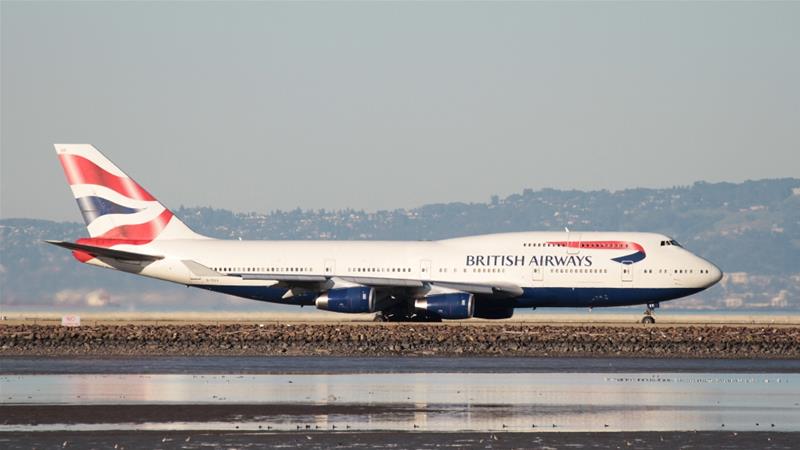
With the turn of the century, carriers started retiring fuel-guzzling quad-jets in favor of more fuel-efficient jets. The airlines’ push for twin-engined long-haul planes led to the slump in sales of the four-engined 747s. The airplane economics doomed 747’s future as the twin-engined aircraft offered more fuel efficiency and low maintenance costs.
Currently, the largest Boeing 747 operator is Atlas Air, with 47 units in active service. It has 7 current-generation B747-8Fs, 35 747-400s and 5 747-400s. Similarly, UPS is the second-largest active 747 operator flying a fleet of 13 747-400Fs and 28 747-8Fs.
Regarding passenger operations, Lufthansa is the largest Boeing 747 operator, with 8 Boeing 747-400s and 19 Boeing 747-8Is in active service.
Is Boeing 747 still going to be the Queen of the Skies?
Boeing 747 era in US aviation ended when Delta Air Lines retired its last 747 in 2017. Delta phased out 747-400s to welcome more fuel-efficient A350-900s, ending the career of the iconic Jumbo jet in US fleets. The aircraft that once flew for just about every major US carrier flew into the sunset in 2017.
Although Boeing 747 no longer takes off to the US skies, it will still be the Queen of the Skies of the modern era. It was instrumental in making air travel accessible to the public and showing the world the power of jet travel. Although the Boeing 747 product line has no more 747s to be built, the aircraft won’t completely disappear from the skies. The final flying days of ‘Queen of the Skies’ are still years away.
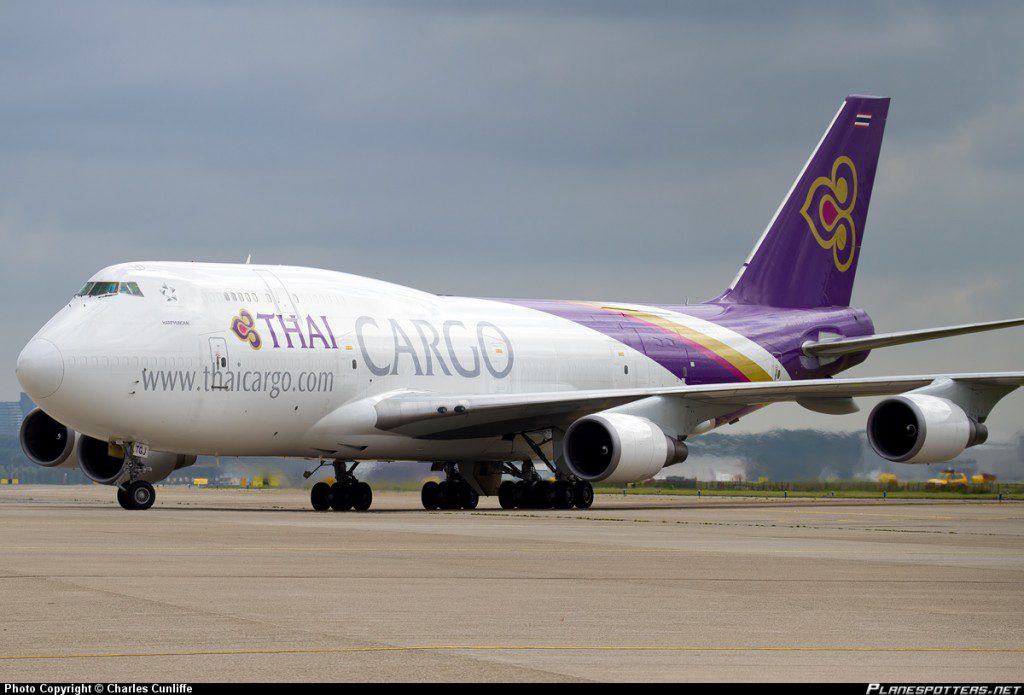
The commercial airlines with the latest-generation 747-8Is in their fleet will likely milk a couple more decades of these aircraft. The last B747 passenger jet customer, Korean Air, still flies this remarkable bird from its hub in Seoul to routes like Los Angeles, Atlanta, and Tokyo.
Those excited about flying aboard 747 aircraft can make their dream come true by traveling with Lufthansa. Lufthansa still graces the skies of Singapore, Tokyo-Haneda, Washington, etc., with its 747 fleets. Regarding passenger flights, Asiana Airlines also flies one B747-400 on the Seoul-Changchun route.
Fly in one of these routes sooner before these carriers phase out the ‘Queen of the Skies.’

